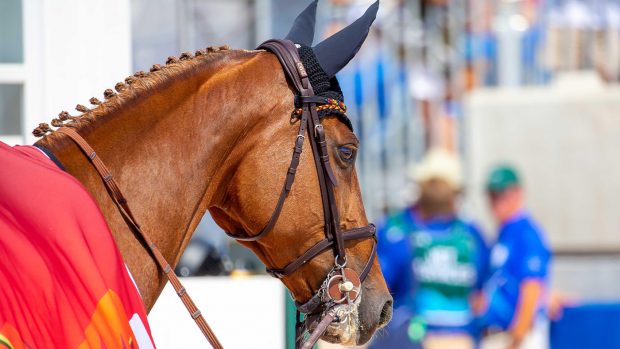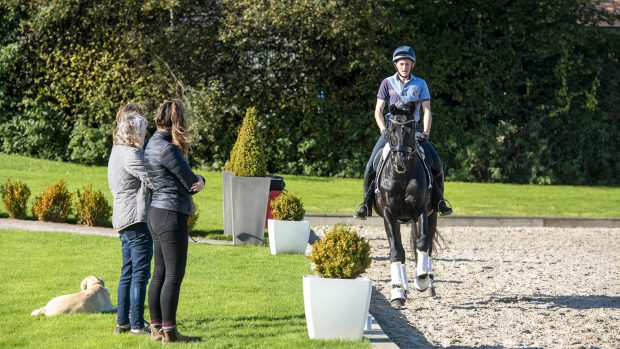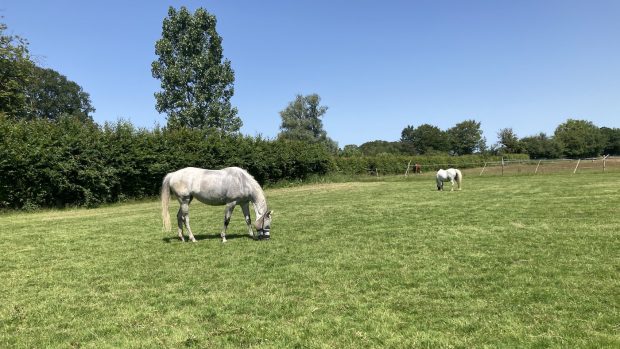In 600kg of bone, muscle, fat and attendant tissues, there’s a lot to look at when your horse loses his form. Many conditions that can affect performance might not be visible to the eye, and veterinary investigation will be required initially, although the problem may be solved by other interventions such as physiotherapy or good farriery.
You can’t ignore a review of the nutritional supply from the diet when investigating performance, once the obvious suspects – such as tendons, ligaments, heart and infection – have been ruled out.
Nutritional indicators of health are whether or not the horse is drinking normally (easy to see with buckets, less so with automatic drinkers), whether he is eating up, his droppings are normal, his coat is looking good, he is holding condition and behaving normally.
Vets and nutritionists can work together in detecting the inner failings of the diet. It is possible to conduct blood tests to determine muscle enzymes, fractional electrolyte tests to determine hydration status and scoping to detect lung inflammation, among other things.
Many nutrition-related causes of poor performance, though, may not be revealed via such tests, but only after dietary evaluation. The horse which loses its movement may be a subclinical laminitis sufferer. The horse which regularly runs out of steam might benefit from a review of energy sources together with a revised fittening programme, or from an assessment of respiratory challenge.
Undetectable dusts and pollens may cause lung irritation without evident inflammation. An ongoing gastric ulcer problem may affect temper and willingness to work.
Diet checklist



